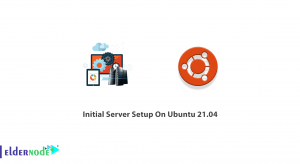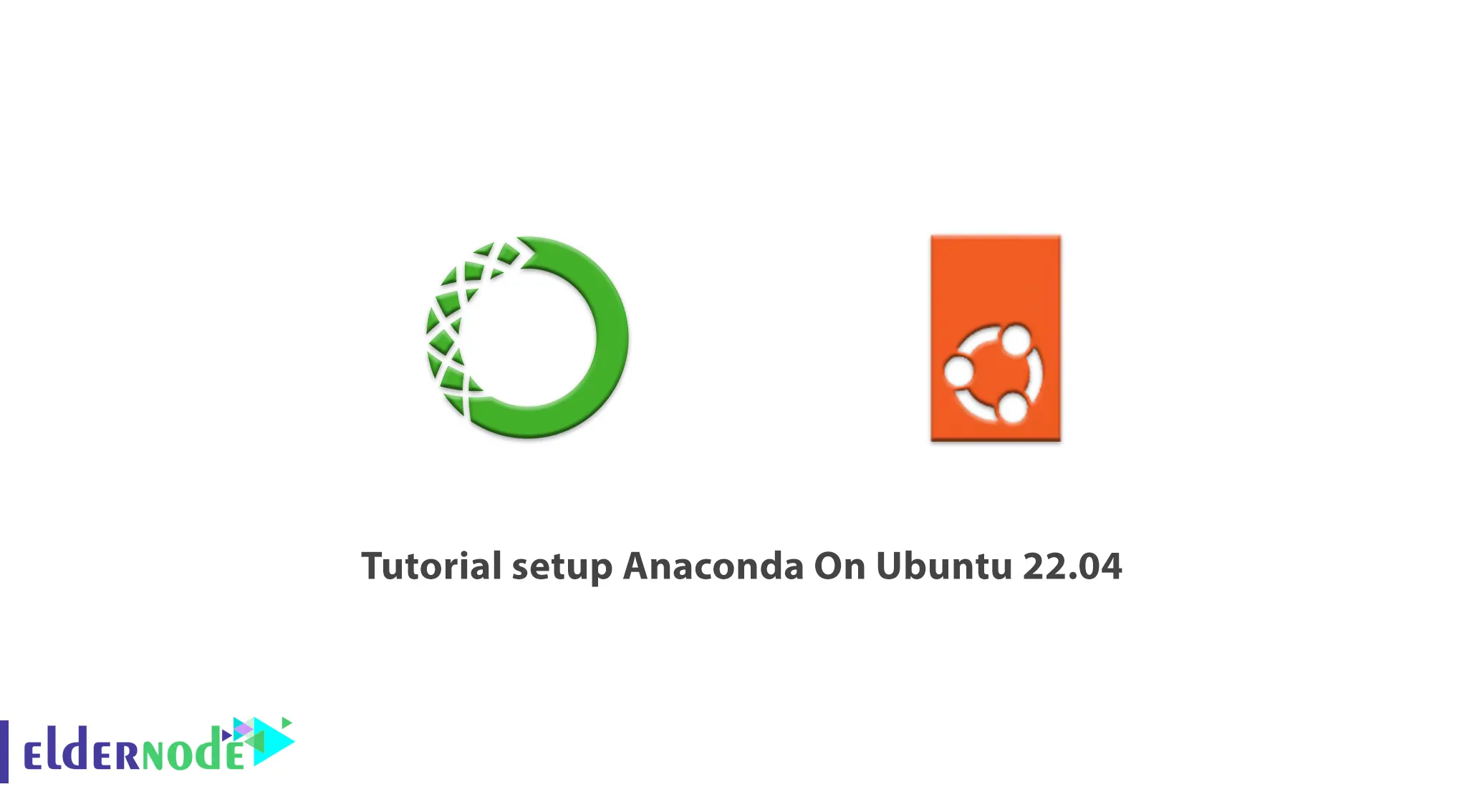
People are beginning to understand the need for analytics in petabyte data that is produced with great potential and find it useful to move into the world of tomorrow. This indicator requires the production of several scientific data packages that can do this process by making more data analysis. Although many data science packages have been developed, many users prefer one of the best data science packages named Anaconda. In this article, we are going to teach you How to Setup Anaconda on Ubuntu 22.04. You can also check out the packages offered on the Eldernode website if you would like to purchase an Ubuntu VPS server.
Table of Contents
What is Anaconda?
Anaconda is a free and open-source distribution of Python and R programming languages used to perform scientific computations and process large amounts of data. Anaconda aims to simplify package management and deployment. The Anaconda distribution is used by more than 15 million users and includes more than 1500 popular science datasets suitable for Windows, Linux, and macOS.
Anaconda is a complete science package launched on July 17, 2012, as an attempt to create a complete set of packages used for Data Science. This package is very easy to download and install and is highly supported on Linux, Windows, and macOS. In addition to Python and R, Anaconda also includes Scala programming languages.
Anaconda Features
-> Ability to download more than 1500 Python/R Data Science packages
-> Manage libraries, dependencies and environments
-> Development and training of machine learning and deep learning models with sci-kit-Learn, TensorFlow and Theano
-> Scalable and performance data analysis with Dask NumPy, Pandas and Numba
-> Visualize results with Matplotlib, Bokeh, Datashader and Holoviews
How to Setup Anaconda on Ubuntu 22.04
Anaconda is not available in the default Ubuntu 22.04 system repository, and you need to download the Anaconda installation script manually.
First, go to the official Anaconda download page and select the Linux icon under the Download section.

Now you will navigate to the following page. Select the 64-bit version of Linux. Wait for the download to finish.
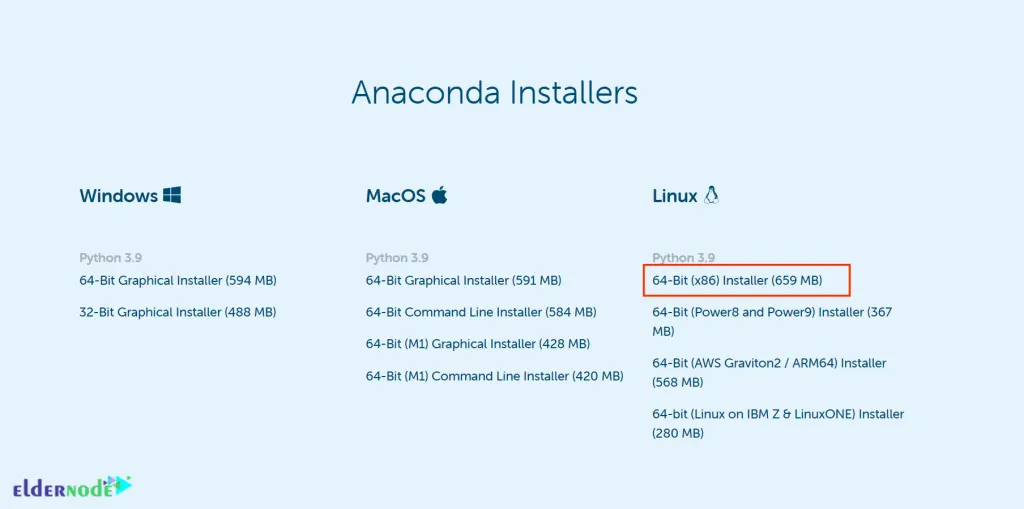
After the download is complete, open the terminal and go to the Downloads directory. You can go to the Downloads directory by entering the following command:
cd DownloadsSince everything downloaded with the browser goes to the Downloads menu by default, check if the downloaded script file is in the folder. To do this, run the following command:
lsAfter making sure the file exists, run the following command:
sh file-nameNote: Remember to put your file name in the command instead of file-name.
After the installation wizard starts, you should press the Enter key to start the configuration process. Write Yes to agree to the terms and conditions and press q to skip the “End User License Agreement“.
Now you need to set the installation folder location. The installation directory will be created under your current user. To assign and define some custom location, press Enter.
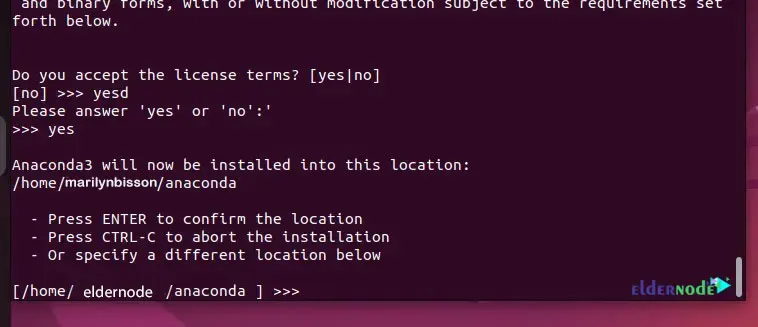
Next, you need to initialize the Conda init. To do this, type Yes and press Enter.
To access the Anaconda command tool, you can add the extracted Anaconda folder path to your system path by running the following command:
echo "export PATH=$PATH:/home/eldernode/anaconda/bin">> ~/.bashrcIf you want to use Anaconda without restarting and logging out of the session, you should reload your profile with the following command:
source ~/.bashrcHow to Use Anaconda on Ubuntu 22.04
You can setup a new Anaconda environment for your project by entering the following command:
conda createIf you want to install any package in Anaconda Environment, run the following command:
conda install -n firstenv package-nameNote: Remember to put your package name instead of package-name.
You can activate the environment with the following command:
conda activate firstenvAnd to deactivate it use the following command:
conda deactivateYou can use the following command to deactivate the Conda based environment to prevent starting automatically when startup in your Ubuntu command terminal:
conda config --set auto_activate_base falseIf you want to use the Anaconda Navigator which is Anaconda’s graphical user interface to manage your project, just enter the following command:
anaconda-navigator
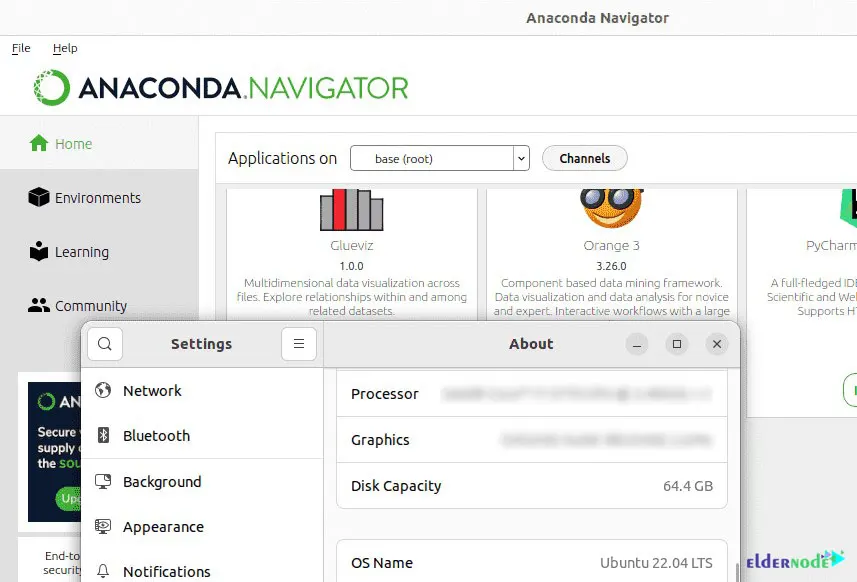
You can update the Anaconda with the following command:
conda update --allIf you want to remove the Anaconda installation directory and all other files from your system, use the following command:
rm -rf ~/anaconda3 ~/.condarc ~/.conda ~/.continuumThen you should open the ~/.bashrc file and remove the Anaconda directory from the path environment variable:
# >>> conda initialize >>> # !! Contents within this block are managed by 'conda init' !! __conda_setup="$('/home/eldernode/anaconda3/bin/conda' 'shell.bash' 'hook' 2> /dev/null)" if [ $? -eq 0 ]; then eval "$__conda_setup" else if [ -f "/home/eldernode/anaconda3/etc/profile.d/conda.sh" ]; then . "/home/eldernode/anaconda3/etc/profile.d/conda.sh" else export PATH="/home/eldernode/anaconda3/bin:$PATH" fi fi unset __conda_setup # <<< conda initialize <<<How to Create Desktop and Launcher shortcut
You need to create a desktop shortcut to launch Anaconda Navigator. You can do this manually to run it without need to access Terminal.
First, open the Terminal on your Ubuntu 22.04 LTS.
Now you should go to the Desktop directory by entering the following command:
cd DesktopThen create a file for the Anaconda Desktop shortcut using your favorite text editor:
nano anaconda.desktopAfter you see a configuration file, you should copy-paste the following text:
[Desktop Entry] Version=1.0 Type=Application Name=Anaconda Exec=/home/eldernode/anaconda/bin/anaconda-navigator Icon=/home/eldernode/anaconda/lib/python3.9/site-packages/anaconda_navigator/app/icons/Icon1024.png Terminal=falseRemember to put your username instead of “eldernode” and your system’s python version instead of 3.9.
To save the file, just press Ctrl+X, type y and press Enter.
Also, you need to copy the same for the launcher:
sudo cp ~/Desktop/anaconda.desktop /usr/share/applications/
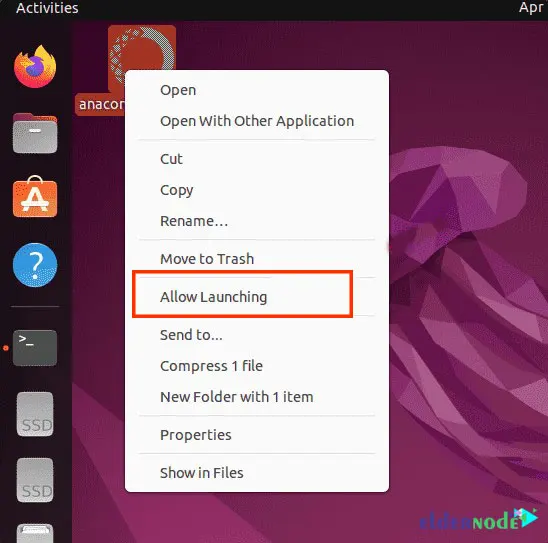
*
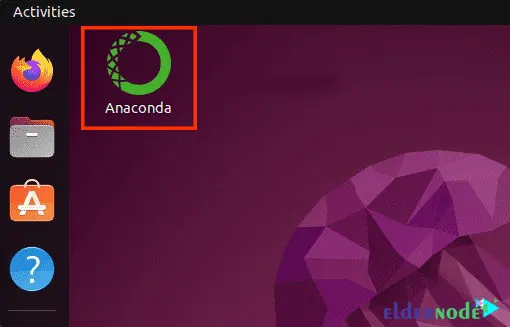
That’s it!
Conclusion
Anaconda includes the conda command-line tool and Anaconda Navigator which is a desktop graphical user interface. I hope this tutorial was useful for you. In this article, we taught you how to setup Anaconda on Ubuntu 22.04. If you have any questions, you can contact us from Comments.



